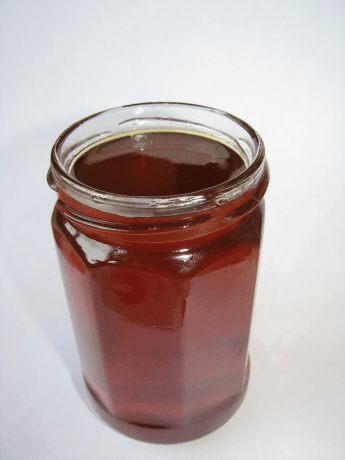
Chestnut honey of dark color, has a weak aroma, unpleasant to taste. Bees make this honey from the nectar of the chestnut tree flowers growing in our country mainly in the Crimea and Transcaucasia.
Bees also make honey from nectar bell-shaped white and pink flowers of ornamental chestnut wood. This honey, unlike the first one, is transparent (colorless), liquid, but it crystallizes easily and quickly, sometimes it is bitter. Chestnut honey belongs to the category of low-grade.
Зобик у пчелы что это. Пыльцевой токсикоз.
Bee Honey